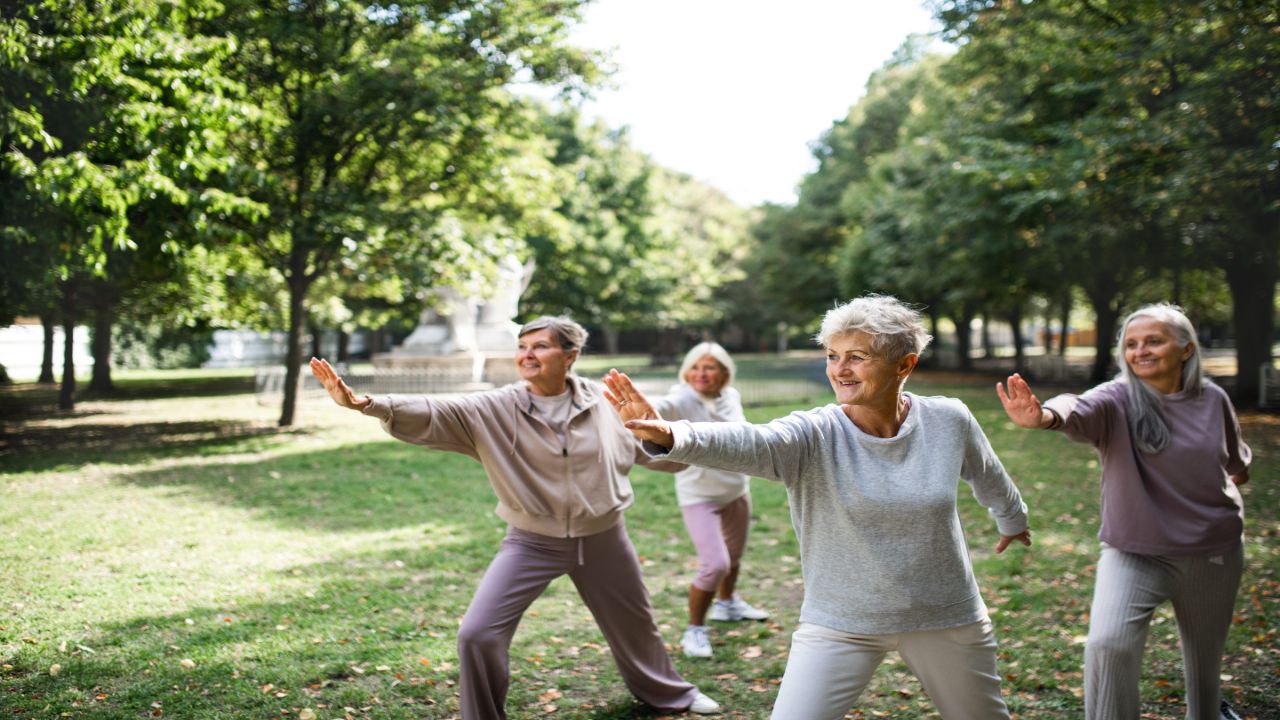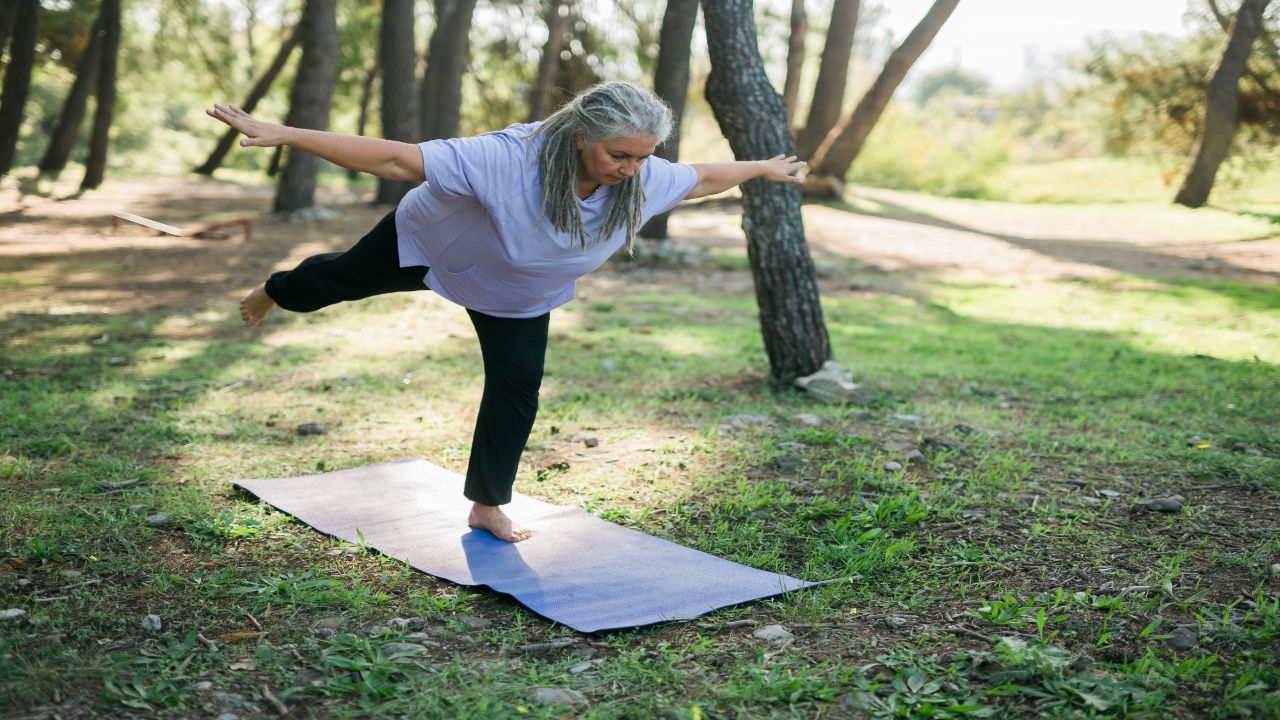As we age, maintaining balance becomes increasingly vital for overall health and well-being. Balance exercises play a crucial role in enhancing stability, preventing falls, and preserving independence among seniors. Did you know that one in four Americans aged 65 and older experiences a fall each year? According to statistics from the Centers for Disease Control and Prevention (CDC), falls are the leading cause of fatal and nonfatal injuries among older adults. However, the good news is that many of these falls are preventable through regular physical activity, including balance exercises.
Balance exercises are particularly important for seniors because they help strengthen muscles, improve coordination, and increase flexibility, all of which are essential components of maintaining stability and preventing falls. These exercises also enhance proprioception, the body’s ability to sense its position in space, which diminishes with age but can be improved through targeted activities.
The Impact of Balance Exercises on Fall Prevention

According to experts, incorporating balance exercises into a daily routine can significantly reduce the risk of falls among seniors. Research published in the Journal of the American Geriatrics Society suggests that participation in balance training programs can reduce the rate of falls by up to 50%. This highlights the effectiveness of such exercises in promoting safety and independence in older adults.
One valuable resource for seniors looking to incorporate balance exercises into their daily routine is My Guide For Seniors website. This comprehensive platform offers a wealth of information on various aspects of senior health and wellness, including detailed guides on balance exercises tailored to different fitness levels and abilities.
What Are the Balance Exercises for Seniors?

Balance exercises for seniors encompass a wide range of activities designed to challenge and improve stability. Some common examples include:
Standing on one leg: Begin by standing next to a sturdy surface for support, then lift one leg off the ground and hold for 10-30 seconds before switching to the other leg.
Heel-to-toe walk: Practice walking in a straight line by placing the heel of one foot directly in front of the toes of the other foot with each step.
Tai Chi: This ancient Chinese martial art combines slow, flowing movements with deep breathing and meditation to improve balance, strength, and flexibility.
Leg raises: Stand behind a sturdy chair and lift one leg backward while keeping the knee straight. Hold for a few seconds before lowering the leg and repeating on the other side.
Yoga: Gentle yoga poses, such as tree pose or warrior pose, help improve balance, flexibility, and strength while promoting relaxation and mindfulness.
Incorporating these exercises into a regular fitness routine can yield significant benefits for seniors, enhancing overall quality of life and reducing the risk of falls and injuries.
Final Word
In conclusion, balance exercises are essential for seniors to maintain stability, prevent falls, and preserve independence. By incorporating these exercises into their daily routine, older adults can improve strength, coordination, and flexibility, thereby reducing the risk of falls and injuries. Resources like My Guide For Seniors website offer valuable information and guidance on implementing balance exercises effectively, empowering seniors to lead healthy and active lives.


